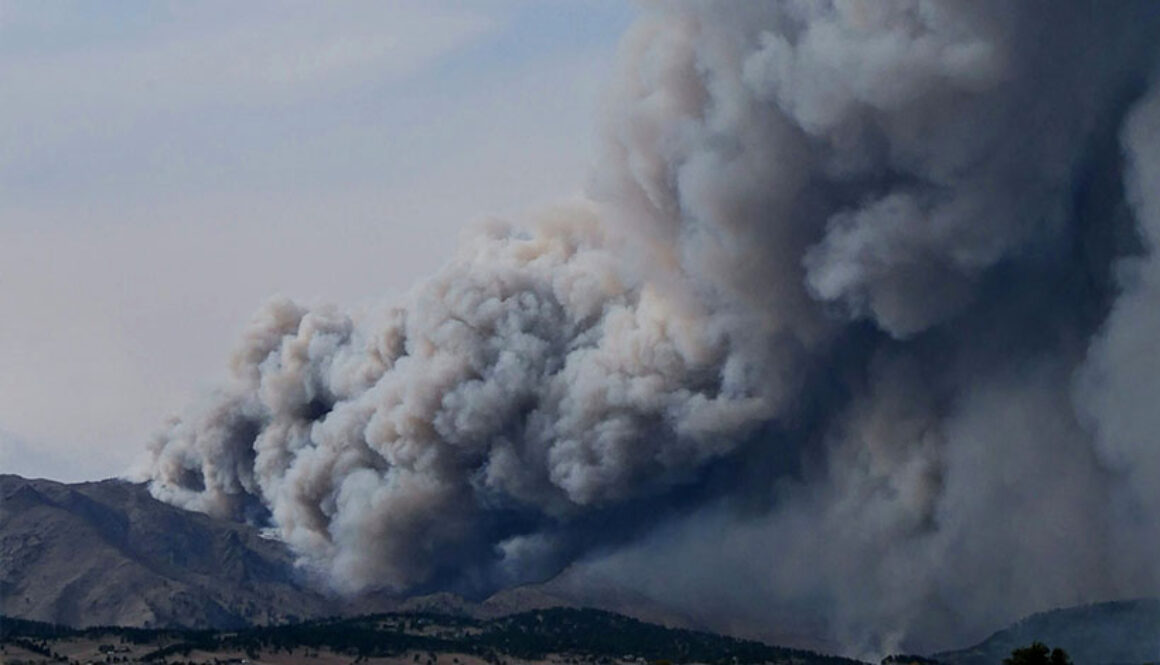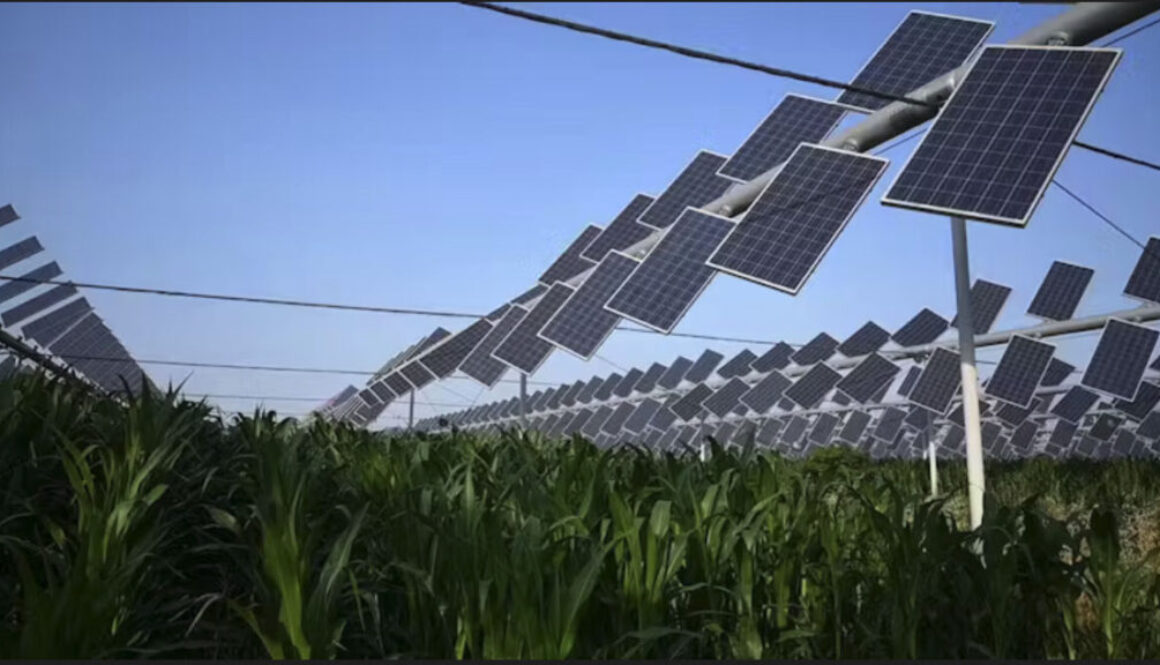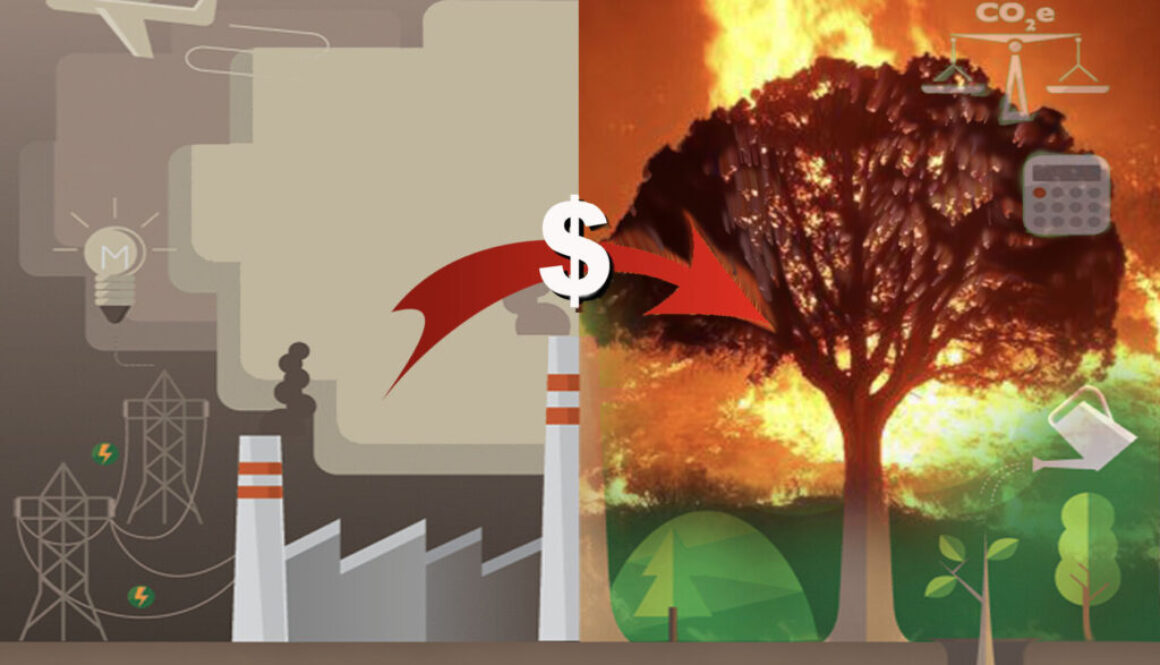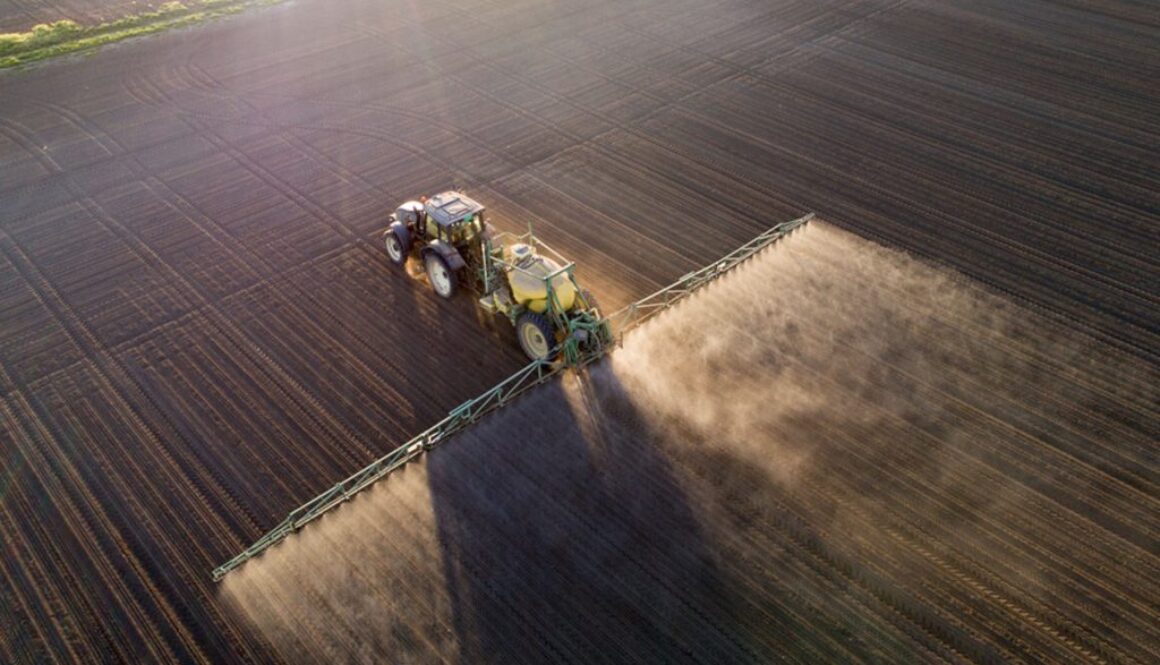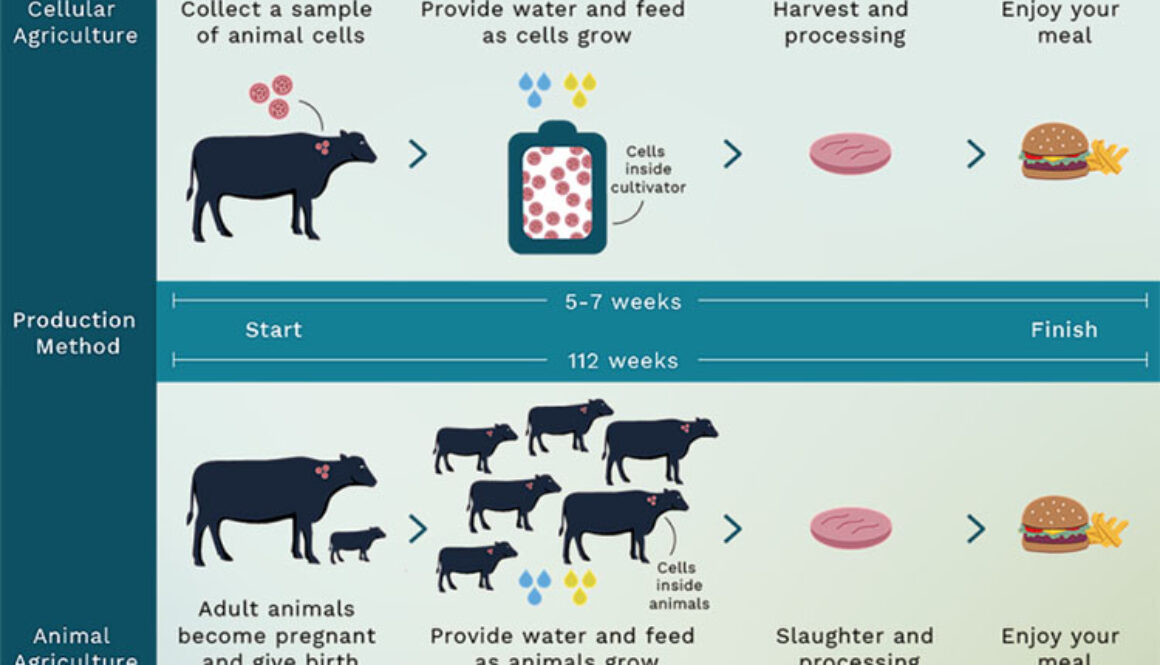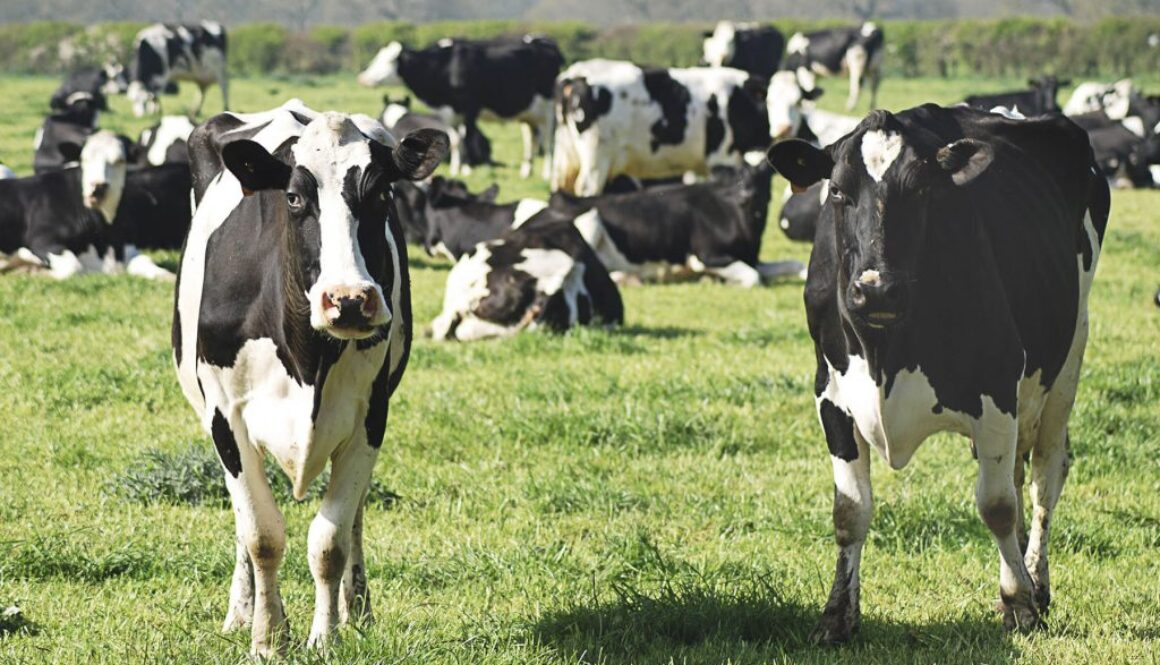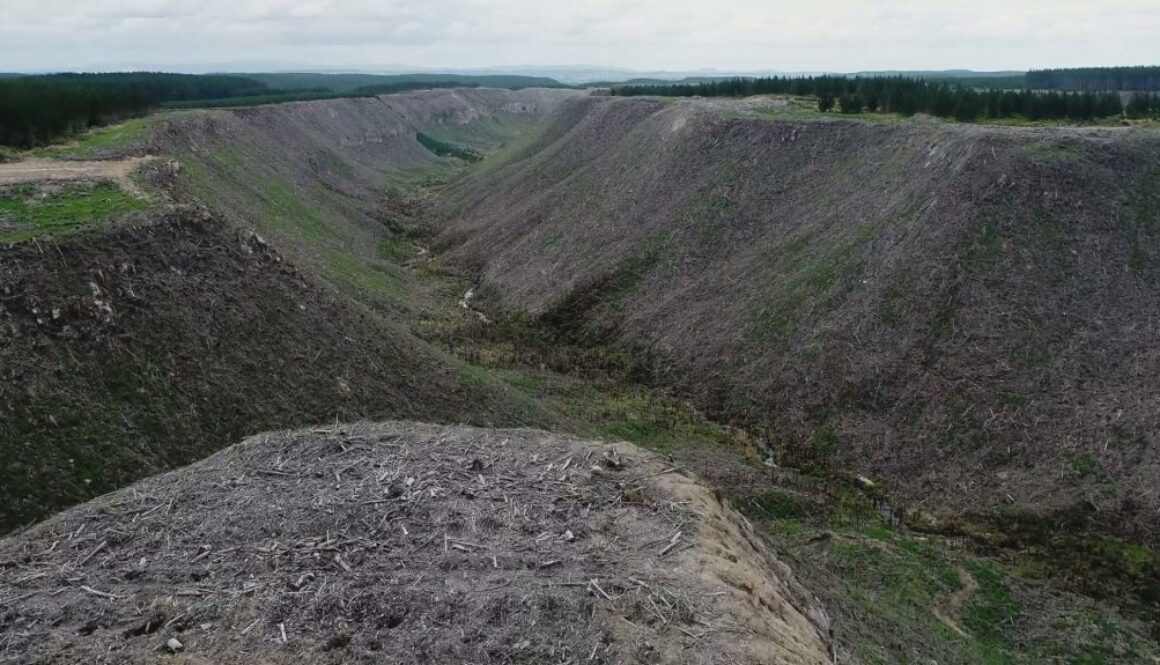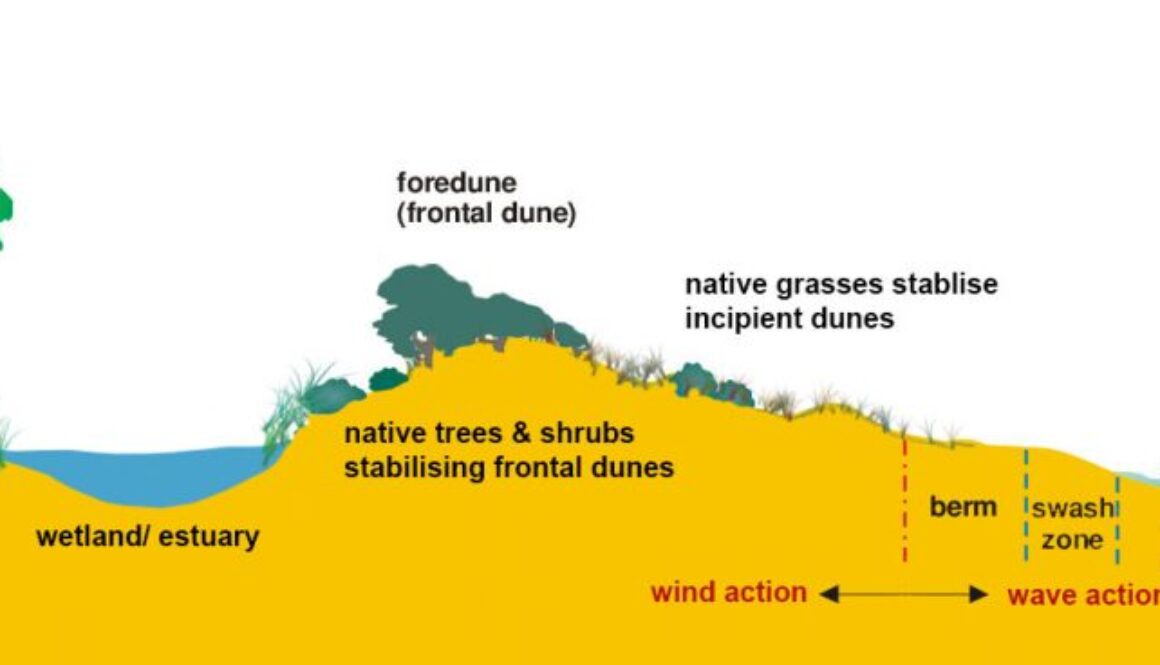Port Hills is only the beginning
This article is republished from The Conversation under a Creative Commons license. Read the original article.
Last week, wildfire burnt through 650 hectares of forest and scrub in Christchurch’s Port Hills. This is not the first time the area has faced a terrifying wildfire event.
The 2017 Port Hills fires burnt through almost 2,000 hectares of land, claiming one life and 11 homes. It took 66 days before the fires were fully extinguished.
It is clear New Zealand stands at a pivotal juncture. The country faces an increasingly severe wildfire climate. And our once relatively “safe” regions are now under threat.
At all levels of government, New Zealand needs to consider whether our current investment to combat fires will be enough in the coming decades.
Our research integrating detailed climate simulations with daily observations reveals a stark forecast: an uptick in both the frequency and intensity of wildfires, particularly in the inland areas of the South Island.
It is time to consider what this will mean for Fire and Emergency New Zealand (FENZ), and how a strategic calibration of resources, tactics and technologies will help New Zealand confront this emerging threat.
The climate drivers of wildfires
Last year was the warmest year on record by a large margin. And with El Niño at full throttle into 2024, conditions in late-summer Aotearoa New Zealand are hot and dry. There is also plenty of vegetation fuel from the departing wet La Niña.
The tinder-dry scrub and grass vegetation in the Port Hills – an area that was around 30% above “extreme” drought fire danger thresholds – drove the flammability of the region. And on February 13, when the latest fires started, a strong gusty northwesterly wind was blowing 40-50kph with exceptionally dry relative humidity values.
These conditions resulted in the extreme wildfire behaviour. Only the rapid and coordinated response of FENZ on the ground and in the air prevented this fire from becoming much worse.
While conditions are already bad, our study revealed a concerning trend: the widespread emergence of a new wildfire climate, with regions previously unaffected by “very extreme” wildfire conditions now facing unprecedented threats.
The most severe dangers are projected for areas like the Mackenzie Country, upper Otago and Marlborough, where conditions similar to Australia’s “Black Summer” fires could occur every three to 20 years.
This shift is not merely an environmental concern, it is a socioeconomic one. The increased threat of wildfires will affect communities, the government’s tree-planting initiatives and financial investments in carbon forests.
Enhanced resources and agile response
New Zealand’s firefighting strategy emphases speed and manoeuvrability, especially in the initial attack phase, to prevent wildfires from escalating into large-scale disasters.
Approximately NZ$10 million is allocated annually to general firefighting aviation services, translating into around 11,000 flight hours. The aerial battle over the Port Hills peaked on Thursday and Friday. This effort cost over $1 million, with up to 15 helicopters active over the two days.
FENZ operations are primarily funded by property insurance levies. However, with the severity and frequency of wildfires on the rise, it may be necessary to review this funding model to match the evolving risk portfolio.
Climate change is already driving insurance retreat – a phenomenon whereby coastal properties are unable to renew their insurance due sea level rise. It is plausible insurance companies could take a similar stance in extremely fire-prone areas.
The agility of FENZ and associated rural fire teams, coupled with the investment and integration of advanced technologies and modelling for better wildfire prediction and management, can significantly enhance the effectiveness of firefighting efforts.
Policy adjustments and community engagement
Adjustments in policy and regulatory frameworks are also crucial in mitigating wildfire risks, and should be explored by experts.
To significantly reduce the ignition of new fires, there needs to be greater implementation of restrictions on access, and banning of high-risk activities, when areas are under “extreme fire risk”.
Moreover, community engagement and preparedness initiatives are vital. One successful example is Mt Iron, Wanaka, where a model was developed after interviews, focus groups and workshops with residents identified wildfire risk awareness and mitigation actions.
Educating vulnerable communities about their wildfire risks and preparedness strategies can also enhance community resilience and safety.
The emergence of a more severe wildfire climate in New Zealand calls for a unified response, integrating increased investment in FENZ, strategic planning and community involvement.
By embracing a multifaceted approach that includes technological innovation, enhanced resource, and community empowerment, New Zealand can navigate the complexities of this new era with resilience and foresight.![]()

